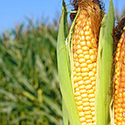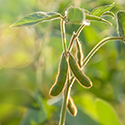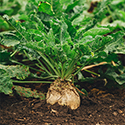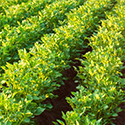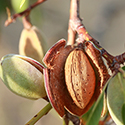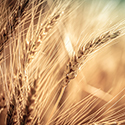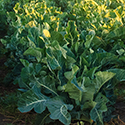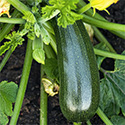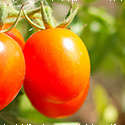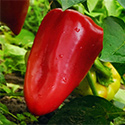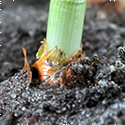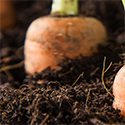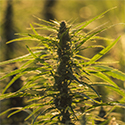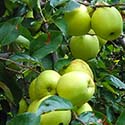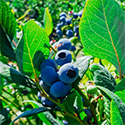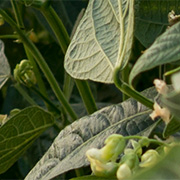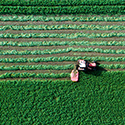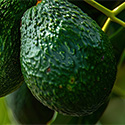Improving Wine Grape Yields
- The world total of surface area planted with wine grapes is estimated at 7331 kilohectares (kha) (over 18 million acres)
- There are 2.47 acres in a hectare
- There are 405 kha planted with wine grapes in the U.S., down from 439 kha in 2016
- Wine consumption in 2020 is estimated at 234 mhl (million hectoliters), a 3% decrease from 2019
- France leads the world in wine exports by value at over $10B (US)
- California is the leading US wine producer, supplying 81% of U.S. wines. California also accounts for 95% of wine exports, $1.36B (US) in revenue
Growing Wine Grapes
- Wine grape vines don’t start producing best yields until 7-8 years after planting
- Terroir is the definition of how a region’s climate, soil and terrain will affect the taste of the wine
- A wine appellation is a legally defined region where the grapes for a particular region are grown
- To avoid Phylloxera, most commercial wine grapes are grafts of a varietal scion onto a resistant root stock
- Wine grapes prefer warm and dry Summers, and cold Winters, but not below freezing
- To avoid mold and fungi on leaves, most wine grape irrigation systems are drip or micro-irrigation
- Grape vines can produce higher quality grapes if they are water-stressed during certain parts of the growing season
- The majority of the root system can be found in the top 3 feet of soil. Highest density is in the first 8 inches.
- Wine grapes are usually grown on trellis, to maximize light exposure, grow straight strong trunks and keep the vines out of the way of cultivating equipment, among other things
The Market for Wine Grapes
The International Organization of Vine and Wine’s 2020 report showed that wine consumption diminished by 3% from the prior year. A substantial decline in consumption of 17.4% in China (PRC) may have contributed, but overall the decline was probably largely due to the virtual shutdown of the HORECA (Hotel, Restaurant, Catering) sales channel worldwide due to the Pandemic.
France, Italy, Spain, Australia and Chile accounted for 70.8% of global sales. North America sales globally was less than 4%.
European nations have been actively regulating wine grape production since 1978 in an effort to avoid over-supply and sustain prices. Some nations have purchased substantial portions of their country’s output to maintain prices. In 2008, EU Member States agreed to a plan calling for (among other things) a three-year program for the voluntary removal (grubbing up) of up to 175,000 hectares (430,000 acres) of grapes.
In the U.S., California grape production and prices were down 13% compared to 2019. While wildfire tainted some grapes that were then destroyed, most of the decline was attributed to a cutback in production following overproduction in 2018 and 2019. Napa Valley grapes brought the highest average prices at $,577.62 per ton (down 20% from 2019).
Challenges Growing Wine Grapes
Frost, Fire and Phylloxera
Wine grape vines can be very fragile in some parts of the growing season, and they are usually susceptible to frost damage in any season. In April of 2021, a three-day frost in the Burgundy region of France wiped out nearly the entire crop, as it happened during the delicate budding season. Over €11B in crop losses occurred. In California, smoke from massive multi-day wildfires tainted many grapes which then had to be destroyed. Other threats have been around a long time, notably Phylloxera, a type of aphid which feeds on roots and leaves, opening the vine up for secondary fungal infections. Phylloxera has devastated entire regions since the late 19th century. There is no cure for Phylloxera, and no chemical control. The most effective responses to date involve hybridization to more resistant species and grafting of varietal scions to hardier North American rootstock.
Drought and Soil Salinity
Drought has become an issue in California and many other parts of the world. When rainfall is limited, growers use more irrigation from groundwater sources, which contain salts. This can result in an increase in soil salinity. When the soil has a high salt content, it can leech water from plants to preserve osmotic balance. There are methods for controlling salinity around the roots, but to do that the grower needs accurate information on the salinity of the soil at every level where the roots are growing. In the field, salinity is often assessed by measuring Electrical Conductivity (EC), a relative proxy for salinity. If the grower knows EC at each level of the plant roots, the grower can estimate the trend in salinity up or down and act accordingly.
Flood/Excess Soil Moisture
On the other end, vigorous rain events such as the ARkstorms visiting the U.S. West Coast can invite fungi and other pests that thrive in saturated soil. Some grapes with natural or hybrid thin skins can swell up and burst with too much rain.
Regulated Deficit Irrigation (RDI)
Wine grapes are somewhat unique among commercial crops. Excepting some bulk wines, they are generally not treated as a commodity. Prices can vary widely due to quality for wine-making. It is well-known that Regulated Deficit Irrigation of the maturing grapes can lower yields while producing substantive increases in quality and better profit. Producing better results reliably is often a delicate balancing act on the part of the Wine Grape Grower, who has to manage the timing and amount of water events carefully.
Nitrogen Use Efficiency for Wine Grapes
Wine grapes are often grown for quality over yield. Thus, a nitrogen fertilizer rate of 30-40 kg/ha can produce maximum yield with an NUE of between 27 and 36%, while a rate of 20-25 kg/ha produced higher quality grapes and a NUE of 41 to 47%. In either case over 50% of the applied nitrogen is lost to leaching, denitrification, volatilization, or immobilization (conversion to organic matter).
How can the nitrogen use efficiency be improved?
- An excess of nitrogen over the vine’s uptake capacity can decrease level of sugars and phenolic compounds related to quality as well as decrease NUE, so carful management of nitrate applications is needed.
- Vines are perennials that store nitrogen in the trunks of the plants, which should be taken into account as it is available for initial shoot growth and spring development
- Nitrogen should be applied during maximum uptake, generally following bud break through fruitset.
Contact AquaSpy
AquaSpy for Wine Grapes
With a Crophesy annual subscription, you receive a free simple, three-sensor, wireless, soil moisture probe. Place these rugged, water-tight probes throughout your vineyard and connect them to the app via your smartphone.
Then you can instantly monitor soil and crop health for all of your wine grapes. And if you want to test the soil in other areas, you can quickly and easily move the moisture probe, which is battery-powered and provides season-long insight.
While you can look at the visual analysis of leaves, spending hours in your field, Crophesy enables you to open your app from anywhere and show you what kind of nourishment is available in your soil at your wine grape crop root depth. With this data, you can determine when the active root zone needs vital nutrients.
In addition to nutrient data, the Crophesy app can show you:
- Moisture consumption at the root level
- Salinity level in the active root zone
- Root depth
- Soil temperature near the sensors
- Irrigation depth
And it tells you all this without you having to step foot in your vineyard.


